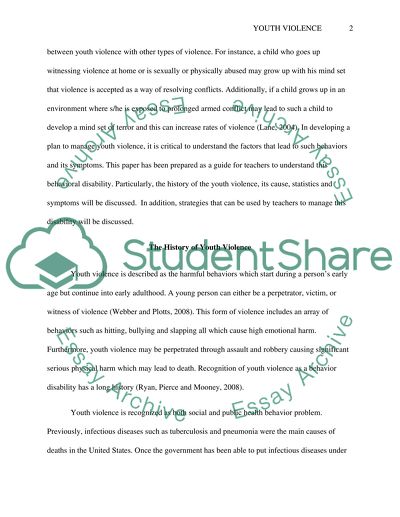Cite this document
(“Youth Violence Essay Example | Topics and Well Written Essays - 2500 words”, n.d.)
Retrieved from https://studentshare.org/education/1401358-youth-violence
Retrieved from https://studentshare.org/education/1401358-youth-violence
(Youth Violence Essay Example | Topics and Well Written Essays - 2500 Words)
https://studentshare.org/education/1401358-youth-violence.
https://studentshare.org/education/1401358-youth-violence.
“Youth Violence Essay Example | Topics and Well Written Essays - 2500 Words”, n.d. https://studentshare.org/education/1401358-youth-violence.


